Xueqi Yang
How to Find Actionable Static Analysis Warnings
May 21, 2022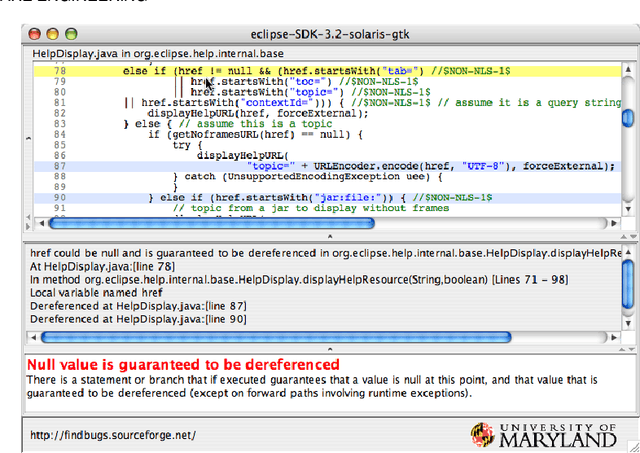
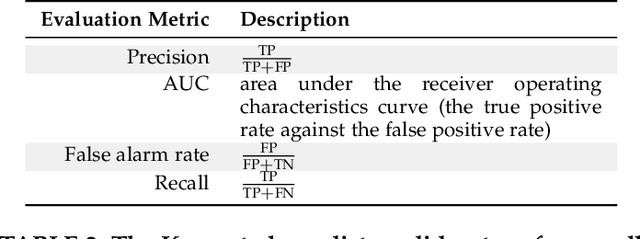
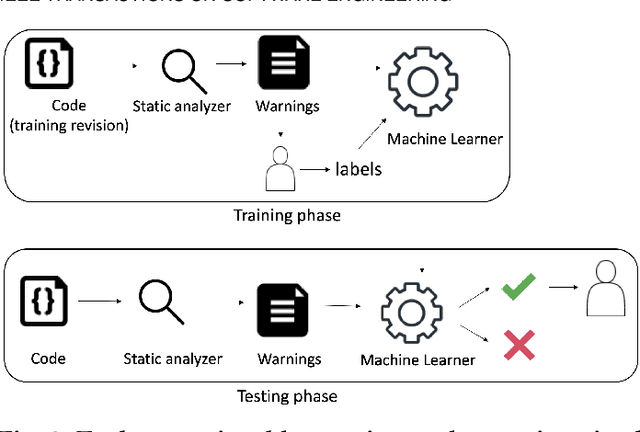
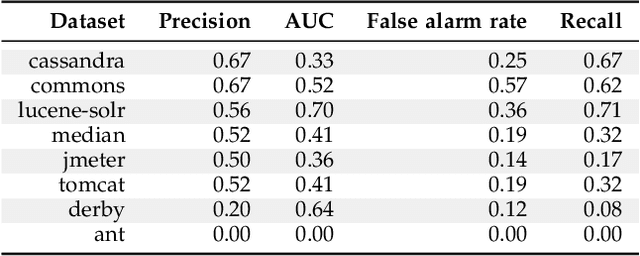
Abstract:Automatically generated static code warnings suffer from a large number of false alarms. Hence, developers only take action on a small percent of those warnings. To better predict which static code warnings should not be ignored, we suggest that analysts need to look deeper into their algorithms to find choices that better improve the particulars of their specific problem. Specifically, we show here that effective predictors of such warnings can be created by methods that locally adjust the decision boundary (between actionable warnings and others). These methods yield a new high water-mark for recognizing actionable static code warnings. For eight open-source Java projects (CASSANDRA, JMETER, COMMONS, LUCENE-SOLR, ANT, TOMCAT, DERBY) we achieve perfect test results on 4/8 datasets and, overall, a median AUC (area under the true negatives, true positives curve) of 92\%.
When SIMPLE is better than complex: A case study on deep learning for predicting Bugzilla issue close time
Jan 15, 2021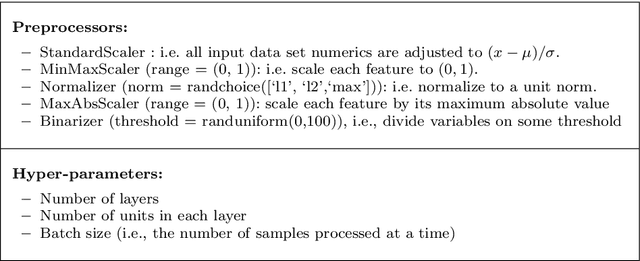
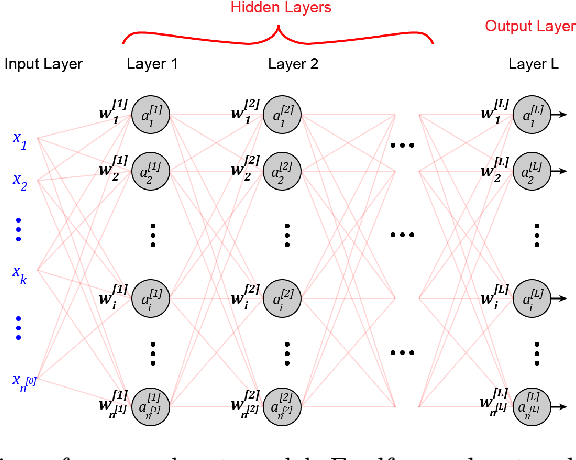
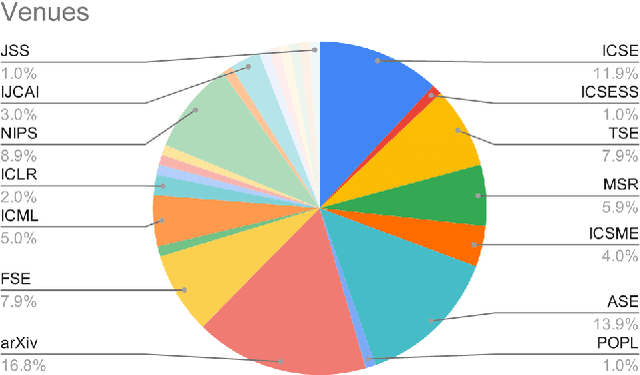

Abstract:Is deep learning over-hyped? Where are the case studies that compare state-of-the-art deep learners with simpler options? In response to this gap in the literature, this paper offers one case study on using deep learning to predict issue close time in Bugzilla. We report here that a SIMPLE extension to a decades-old feedforward neural network works better than the more recent, and more elaborate, "long-short term memory" deep learning (which are currently popular in the SE literature). SIMPLE is a combination of a fast feedforward network and a hyper-parameter optimizer. SIMPLE runs in 3 seconds while the newer algorithms take 6 hours to terminate. Since it runs so fast, it is more amenable to being tuned by our optimizer. This paper reports results seen after running SIMPLE on issue close time data from 45,364 issues raised in Chromium, Eclipse, and Firefox projects from January 2010 to March 2016. In our experiments, this SIMPLEr tuning approach achieves significantly better predictors for issue close time than the more complex deep learner. These better and SIMPLEr results can be generated 2,700 times faster than if using a state-of-the-art deep learner. From this result, we make two conclusions. Firstly, for predicting issue close time, we would recommend SIMPLE over complex deep learners. Secondly, before analysts try very sophisticated (but very slow) algorithms, they might achieve better results, much sooner, by applying hyper-parameter optimization to simple (but very fast) algorithms.
 Add to Chrome
Add to Chrome Add to Firefox
Add to Firefox Add to Edge
Add to Edge